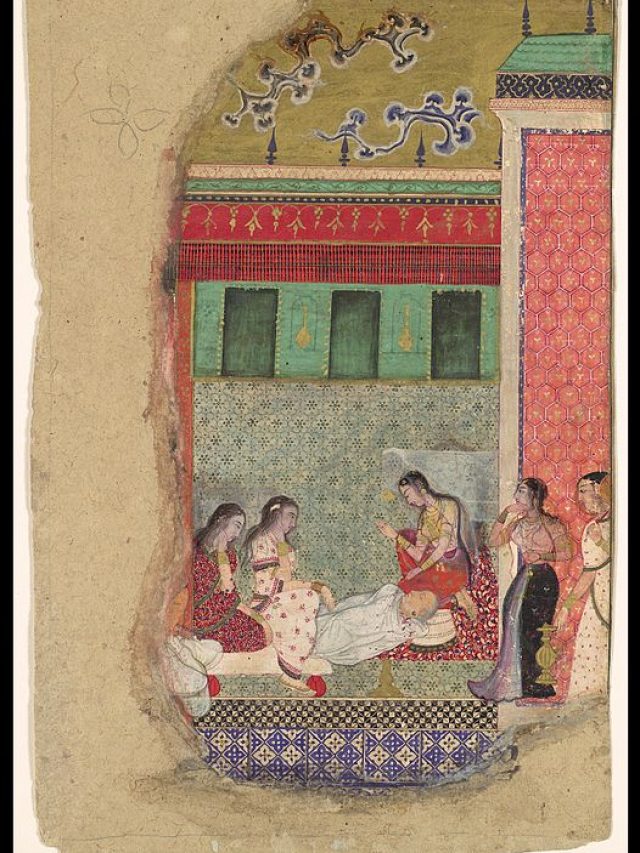Pictorial Ramayana Of Akbar
Ramayana is undoubtedly one of the most sacred Hindu epics. Hence, it might come as a shock to hear that the Mughal king, Akbar had commissioned a royal Persian rendering of Valmiki’s text in the 16th century. This version is the oldest illustrated Ramayana manuscript. The Rajput Ramayana commissioned by Orchha’s king, Raja Ram Shah was also based on Akbar’s Ramayana, which in turn served as the basis of other illustrations.
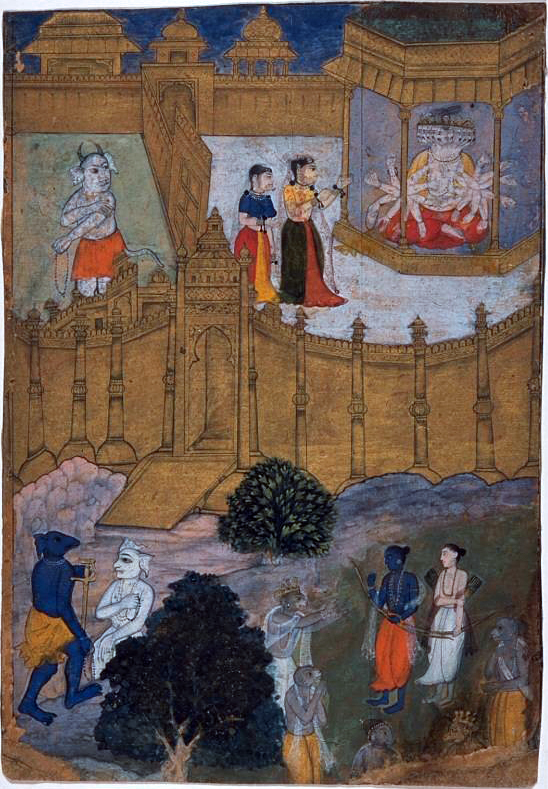
Courtesy – Asian Art Museum
In 1574, the emperor established a translation office to translate texts from Sanskrit, Arabic, and Turkish into Persian, to standardize communication in his multilingual court. Within the Muslin aristocracy, this translation created a newfound awareness of Hinduism. Completed in 1584, Akbar’s Ramayana is the result of multiple translations. The verses were originally translated into Awadhi from Sanskrit by Brahmins serving at the court. These were then translated into Persian by Badayuni, a secretary in Akbar’s court. The court painters used this translation to interpret various scenes. Although pages from later editions of Akbar’s Ramayana can be found in private collections, the original translation has been lost.
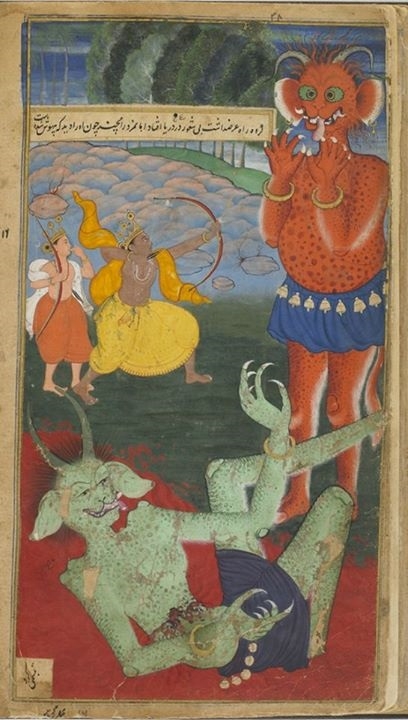
Courtesy – Sahapedia
The exquisite depictions of Akbar’s Ramayana are known for their keen realism, skilful execution, and surface decoration. They carry a vibrant and sophisticated colour scheme and a dynamic amalgamation of Indo-Persian aesthetic quality values. The Mughal school of painting was founded on the Indianized nature and character, but a predilection for Persian classicism and the Timurid aesthetic was inherited during the translation.
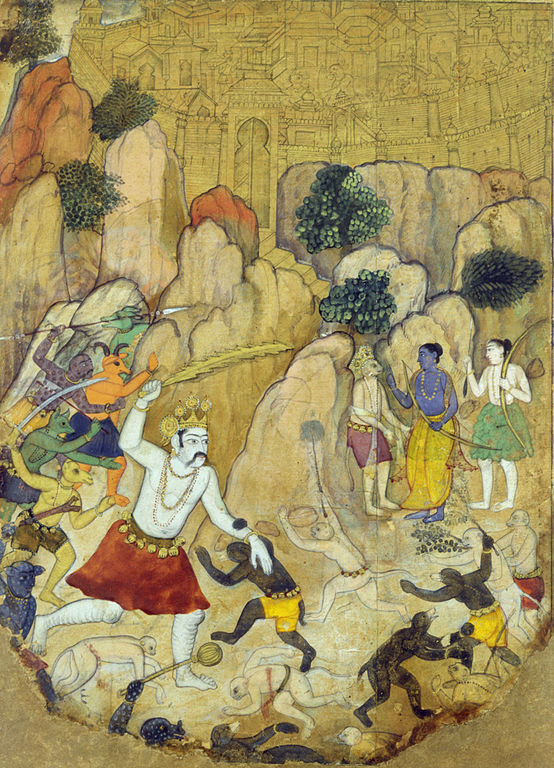
Courtesy – The Metropolitan Museum of Art
Here are a few more pages of the Akbar’s Ramayana.
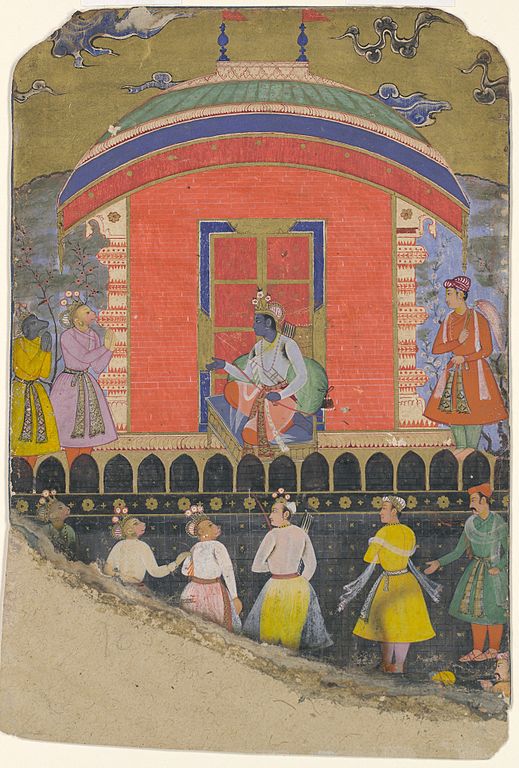
Courtesy – The Metropolitan Museum of Art
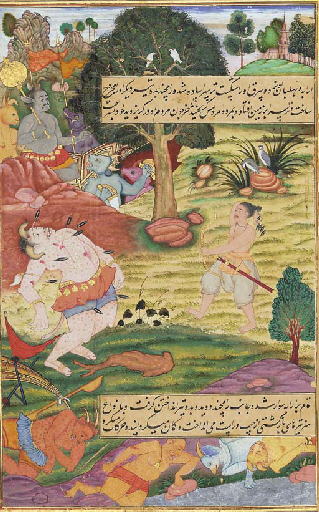
Courtesy – Christies
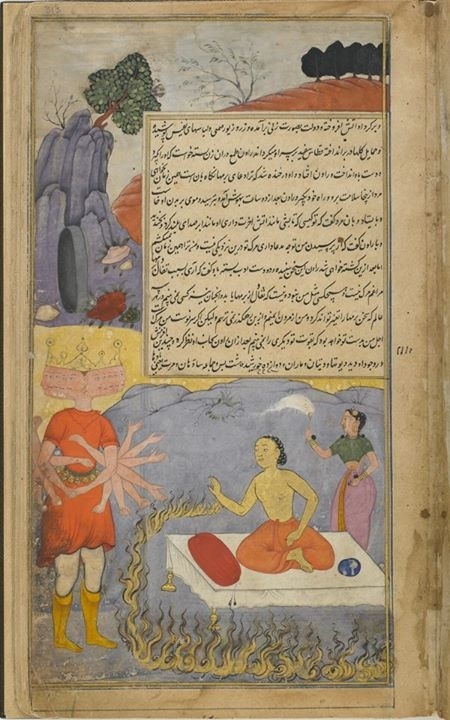
Courtesy – Sahapedia
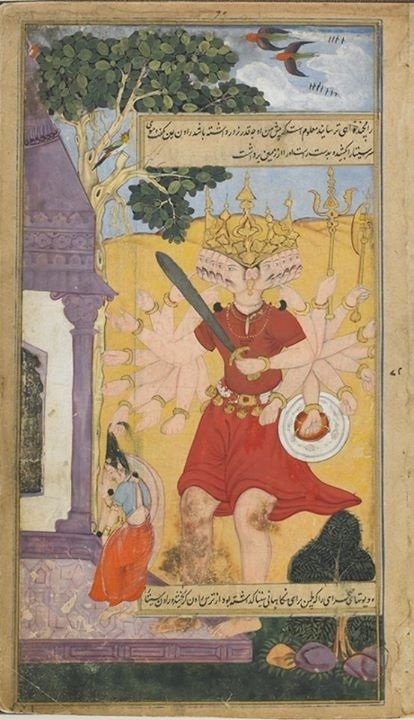
Courtesy – Sahapedia
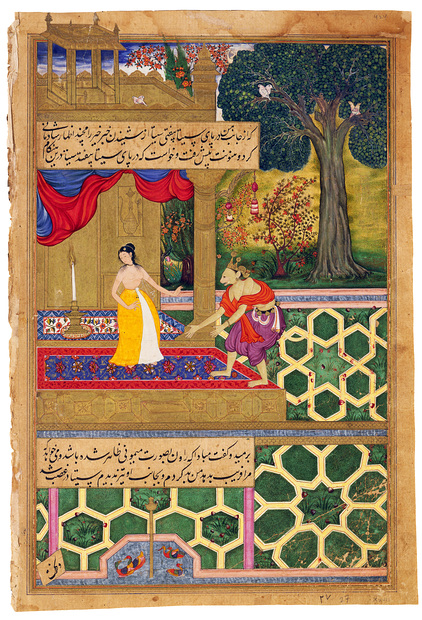
Courtesy – The David Collection
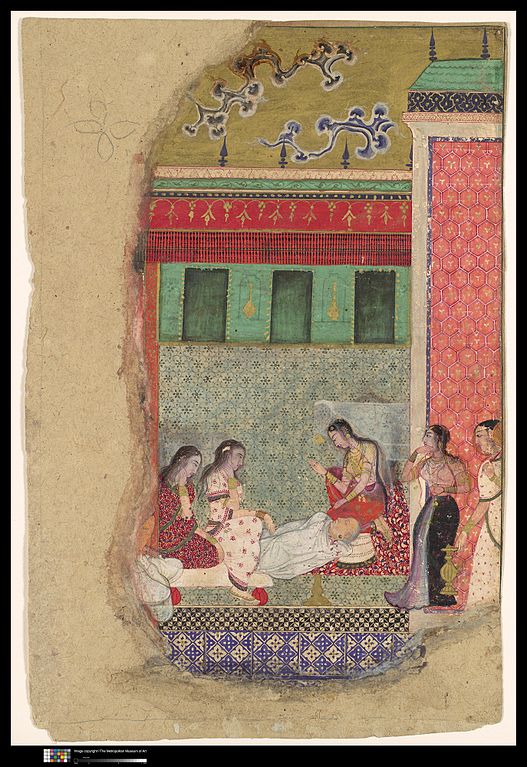
Courtesy – The Metropolitan Museum of Art
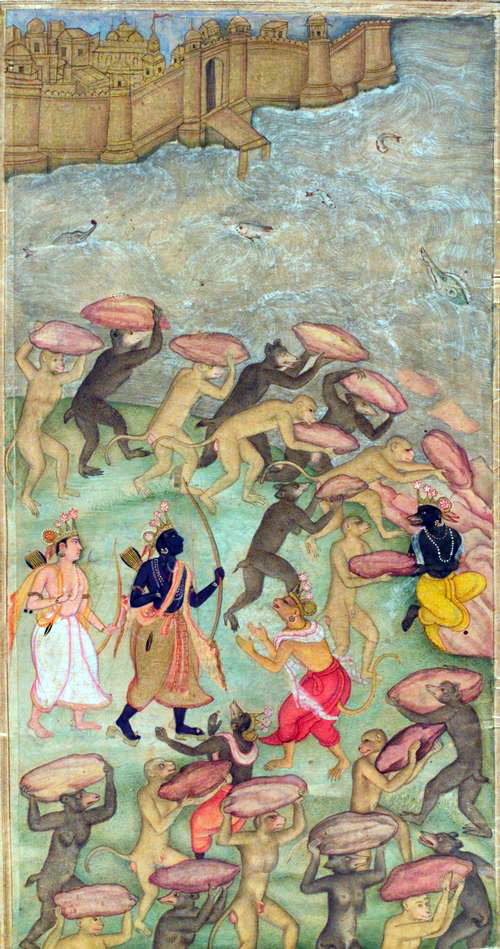
Courtesy – Wikimedia Commons
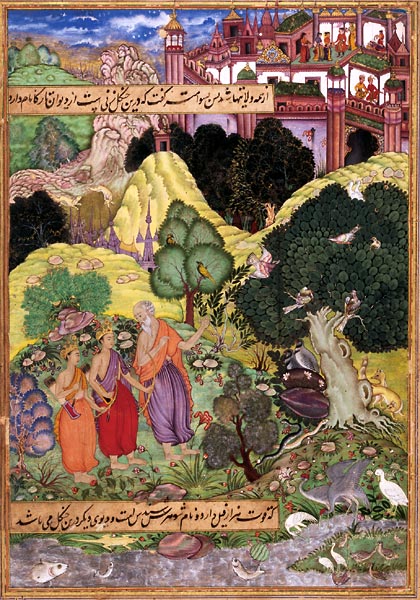
Courtesy – Museum Rietberg
Image: Atikaya, a son of Ravana; Courtesy – The Metropolitan Museum of Art-
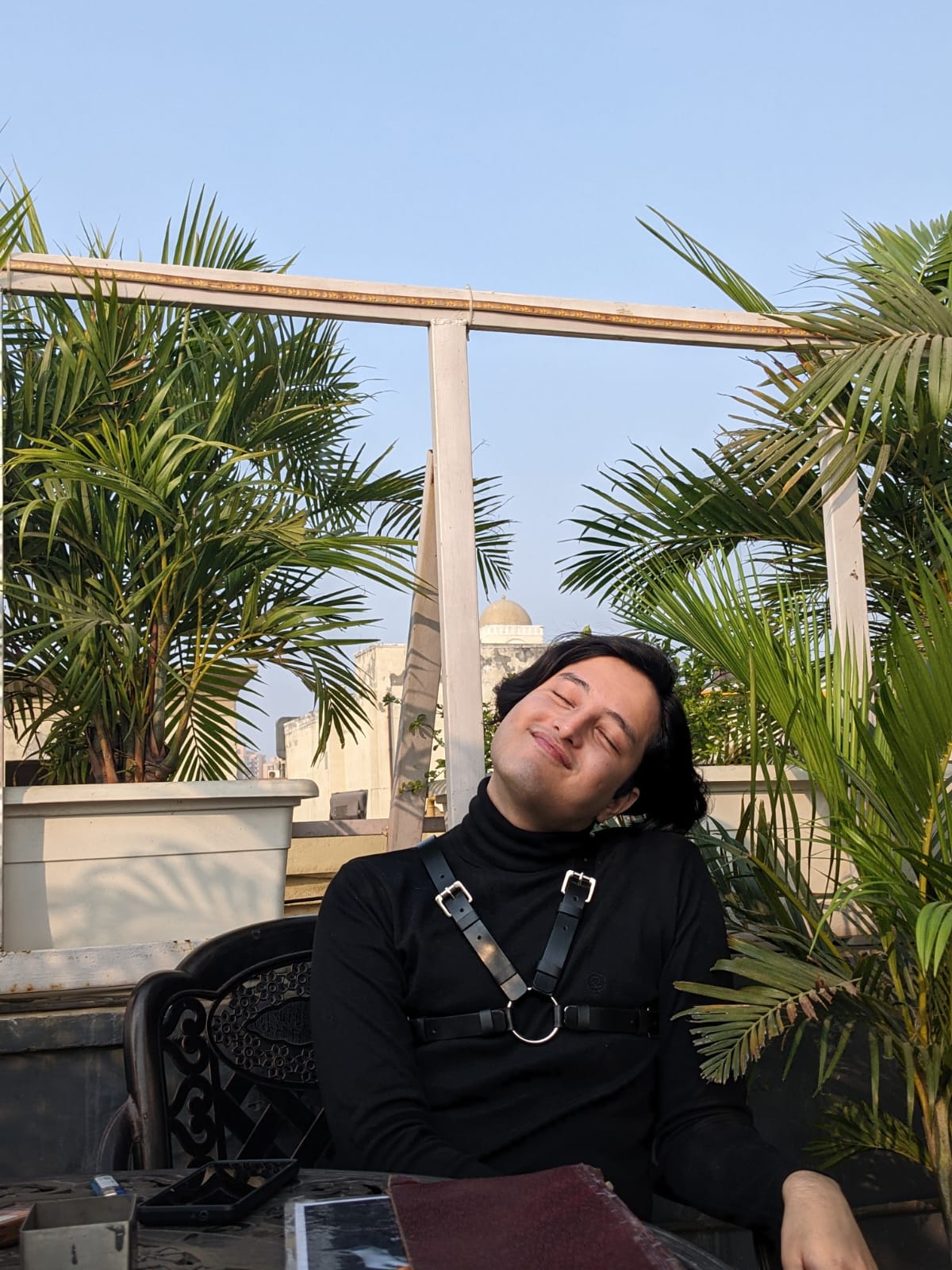
Hi Ya’ll !!
I love writing about pop culture and all things queer.
Sub Editor at Abir Pothi


